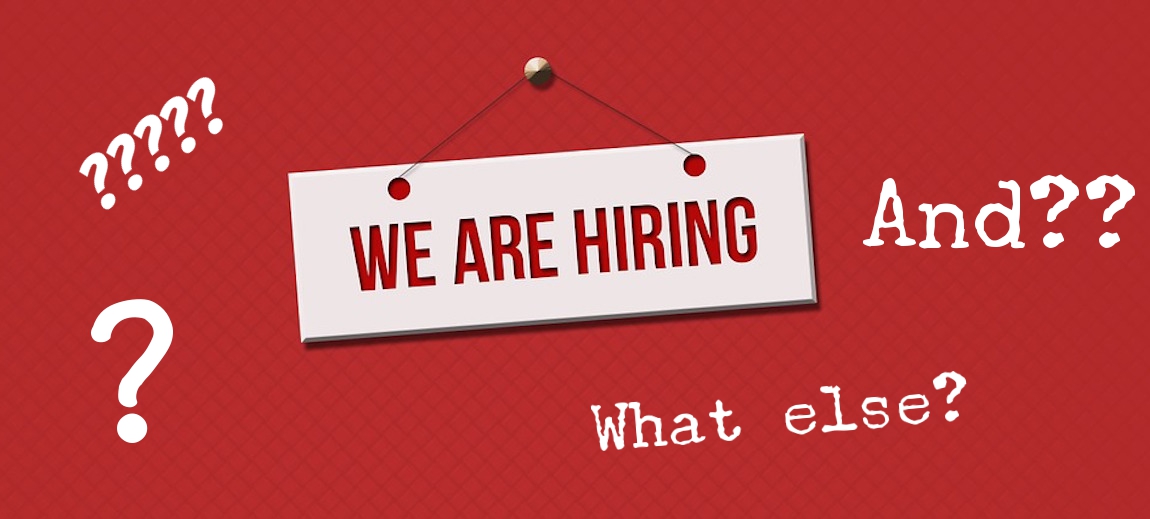B2B Myth of the Week: Sales Collateral Is No Longer Important
by MGB2B
The Myth: Sales Collateral is No Longer Important
The Truth: High-Quality, Tangible B2B Sales Collateral Can Leave a Lasting Impression on Clients
With all the buzz around online content, it’s easy to think sales collateral is no longer important. But consider this: there’s tons of technical information to share with clients. We can’t expect them to remember it all. That’s where sales collateral comes in. It serves as a tangible reminder of the benefits or your products or services. And it simplifies the sales experience so you can close deals. If that’s not enough, here’s four more reasons why well-executed sales collateral is an important part of your marketing arsenal.
4 Reasons B2B Sales Collateral Is Still Important
- It Communicates Important Information Succinctly. It’s unlikely that your leads will remember everything you tell them in a meeting. Having information laid out in simple terms all in one place makes it easy to both digest and remember. And while having that information online is important, a brochure is something prospects can keep on their desk to remind themselves of your brand when making a purchase decision.
- It Can Showcase Your Credibility. Rather than wait for your leads to seek out your case studies, hand them over directly. Seeing your success displayed in a quality document offers proof, reinforces your reputation, and is easily shared with other decision-makers.
- It Adds to Your Brand Story. While it may be tempting to put all of your information online, your personality comes to life more so in a printed piece. The weight of the paper, the feel of it, the gloss or matte finish, all give your brand story more depth. In addition to creating consistency and credibility across your brand, it rounds out the personality you’ve created online and in your offices. From business cards to brochures to sell sheets, your collateral has the potential to strengthen your company’s image – so long as you create a high-quality experience.
- It Can Close the Deal. According to Forbes, buyers go 70% of the way through the decision-making process before engaging with a sales representative. So if a buyer is more than halfway there when you meet, imagine leaving them with a high-end, well-designed, well-produced, and authoritative booklet or sell sheet. Since many companies are funneling their money into digital efforts, it could be the point of differentiation that seals the deal.
It’s easy to overlook printed collateral in today’s digital-first world. But that’s even more reason to make your sales materials stand out. Need help with the execution? Give us a call.
Continue ReadingB2B Myth of the Week: B2B Companies Don’t Need a Brand Voice
by MGB2B
The Myth: B2B Companies Don’t Need a Brand Voice
The Truth: The Tone and Style of Your Brand Voice Differentiates You From Your Competition
It’s easy for B2B companies to overlook the importance of creating a brand voice. Many companies forget that they are selling to real humans who are emotionally engaged when making buying decisions – even in the B2B world. Because of this, content can often be full of jargon and technical terms. This type of content clouds your brand’s personality and leaves customers confused about what they can gain from using your product or service. This problem can be solved by developing a B2B brand voice just for your company.
A brand voice includes personality, tone, and attitude and allows you to differentiate your business from competitors. Developing a brand voice might seem like a daunting task, but it’s likely that one already exists within your company; it just needs to be uncovered.
Here Are 3 Reasons Why Your Company Needs to Develop a Cohesive Brand Voice:
- A Brand Voice Connects You with Your Audience. In order to ensure your voice resonates with your audience, you first have to understand who they are. This may require a bit of research into your current customers. Once you know exactly who your audience is and what they want from you, developing your voice will be easier. Is your brand more professional, or are you bold and witty? Tailoring your voice to your specific audience helps develop content that buyers relate to. B2B buyers are humans after all, and they want to purchase from brands who they believe are genuine and trustworthy.
- It Differentiates You from Competitors. Your voice should be unique and make your company stand out. A great place to start is by identifying values that are important to your company and using them to shape your brand voice. If you stay authentic to your brand, buyers will remember you over the competition. Look to companies such as MailChimp, who have successfully distinguished their voice and personality. To create a successful brand voice, your company needs to be aware of what your competition is doing. For example, if your competitors use a boring or dry voice, adding a little bit of humor or conversational tone can attract buyers to your product.
- It Encourages Consistency Throughout the Entire Company. Consistency is key when it comes to developing your brand voice. In an ideal world, your audience should be able to recognize your content before seeing your company name attached to it. Your voice should be clear across all platforms: blogs, social media, websites, emails, and more. If your voice lacks consistency, it can create confusion and disconnect between your brand and customers. Inconsistency can also lead to confusion among sales and marketing teams. One way to ensure your brand voice remains consistent is by creating a style guide that employees can reference.
Developing a brand voice is not a one-time thing. It’s important to maintain your voice over time and keep up with industry changes while remaining consistent and authentic. Help your brand remain relevant by keeping up with your audience and competitors. A well-developed brand voice will generate interest among buyers and, most importantly, keep you a step (or ten) ahead of the competition.
Continue Reading
